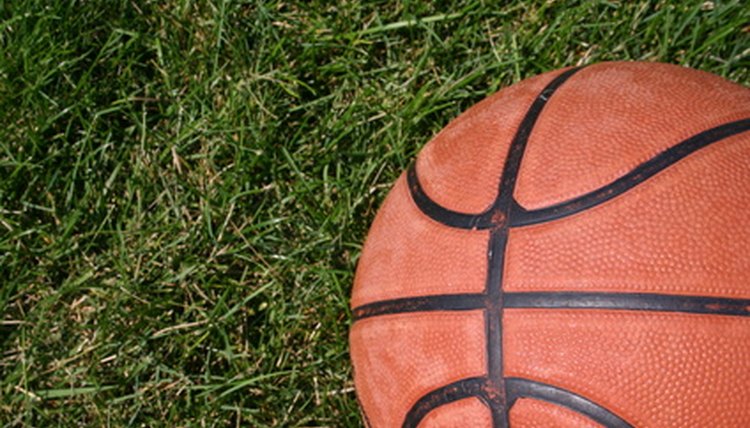Rules for Timeouts in Basketball

Timeouts in basketball are provided under the rules, in order to give players a chance to rest, give coaches the ability to talk things over with their team, and provide players and coaches a way to stop the clock in late-game situations. The rules of basketball govern when timeouts can be used, and who is allowed to call them.
Number and Length
The number and length of timeouts varies widely among various basketball leagues. For example, high school rules allow for five timeouts for each team during the course of the game. Three of those timeouts are 60 seconds in length, while two are 30 seconds. In college basketball, televised games feature four timeouts per half, to allow for commercial breaks. Each team also receives one 60-second timeout, and four 30-second timeouts, according to the National Collegiate Athletic Association. In the National Basketball Association, teams receive six 60-second timeouts, and two 20-second timeouts per game, but may only use three total timeouts in the last quarter of play.
Calling Timeouts
In high school and college basketball, players on the court or the coach may call timeouts. In the NBA, only players in the court are permitted to call timeouts. Players and coaches may only call timeouts when the ball is dead, or when the ball is live and their team has sole possession. For example, a coach or player may call a timeout after making a basket, since the ball is dead, but not after the opposing team has picked up the ball for the ensuing in-bounds play, since the ball then has become live. Though the clock is stopped, a coach may not call a timeout when an opposing player is shooting a free throw.
Running Out of Timeouts
Once a team has used all of its available timeouts, it may not call timeout for any reason. If timeout is called, and granted by the official, when none is available, the official assesses a technical foul. In high school, a technical foul awards two free throws and possession of the ball out of bounds on a throw-in to the opposing team. In college basketball, the opposing team receives two free throws, but the ball is put back in play at the spot where the technical foul was called. The NBA uses the same technical foul procedure, except that only one free throw is granted.
References
Writer Bio
James Patterson specializes in health and wellness topics, having written and produced material for the National Institutes of Health, the President's Cancer Panel and an Inc. 500 Hall of Fame company. He is also a former sportswriter with writing experience in basketball, baseball, softball, golf and other popular sports.
